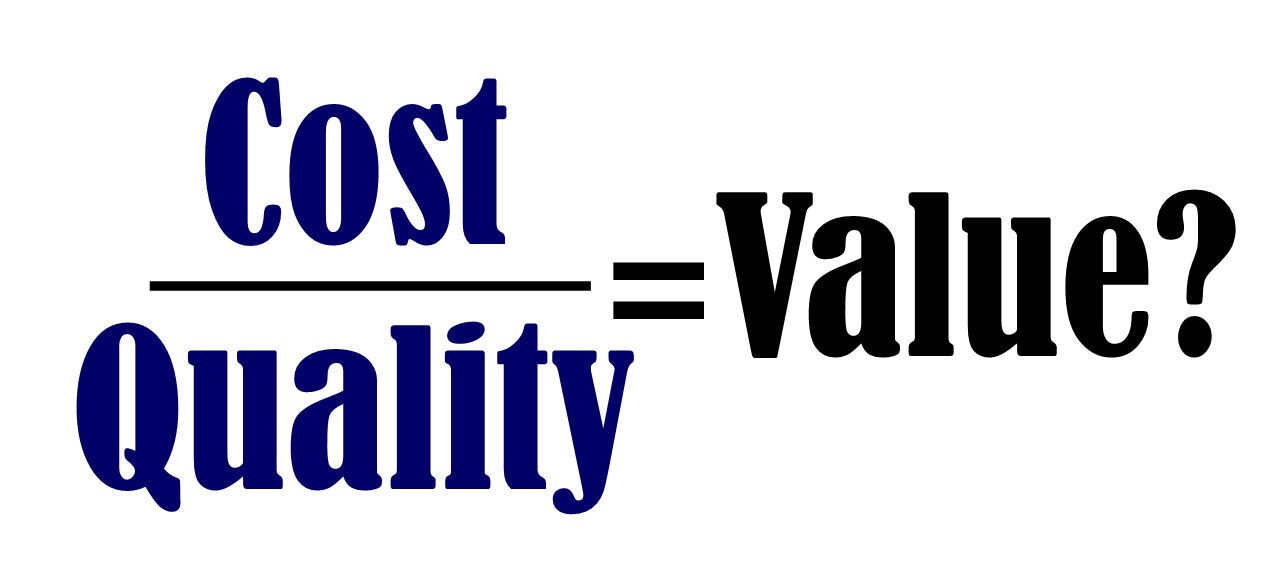Robert T. Yokl, President/CEO, SVAH Solutions
I just reviewed the online poll results on our Healthcare Value Analysis and Utilization Magazine website that asked the question, “What strategy do you believe is the big savings strategy in Value Analysis now?” The preponderance of responders (43%) stated that Evidence-Based Value Analysis is now the big savings strategy for their healthcare organization. However, what does this really mean, since evidence can be found from many sources with a high or low degree of reliability? Let’s briefly review four evidence sources and their degrees of reliability:
Supplier/Manufacturer Studies: This is the most available and abundant medical device research in the marketplace. Yet, it is also the most subjective, biased, and one-sided evidence that needs to be digested and employed very carefully. This doesn’t mean that it useless or unusable, but always be cautious and skeptical when using it as your only evidence to justify a purchasing decision.
Original Scientific Research: This research is highly reliable, when it is not funded by a supplier or manufacturer, and it is peer reviewed by an authoritative journal, such as, the Journal of Clinical Oncology or Journal of Pediatrics. This is high quality research that you should always seek out from the best authoritative source possible.
Subscription Research: This evidence can be original or secondary research conducted by third parties as a subscription service which can be highly reliable. The benefits of these services are that they speak in plain language and offer unbiased analysis on the best value medical devices.
Your Own Empirical Data: Too often, we overlook or dismiss employing our own hospital, system, or IDN’s empirical data on a medical device under evaluation. This data can be obtained through surveys, focus groups, and statistical studies of the experience your internal peers have had with this same medical device. For instance, if one of your system’s hospitals is using the medical device under consideration and has found that it is costing twice the cost per procedure than was originally estimated, then this is empirical evidence.
When combined, these four evidence sources can provide your healthcare organization with high quality data from numerous sources. The secret to having reliable data is to use more than one source in making your decisions. It’s just that simple!
As I have outlined above, evidence can be obtained from many sources with varying quality for your value analysis studies. It’s your job as a VA practitioner to ensure that you are obtaining the highest quality data from the most reliable sources for decision making. To paraphrase the old American Express ad, “Don’t make a value analysis decision without the best evidence available to you!”





